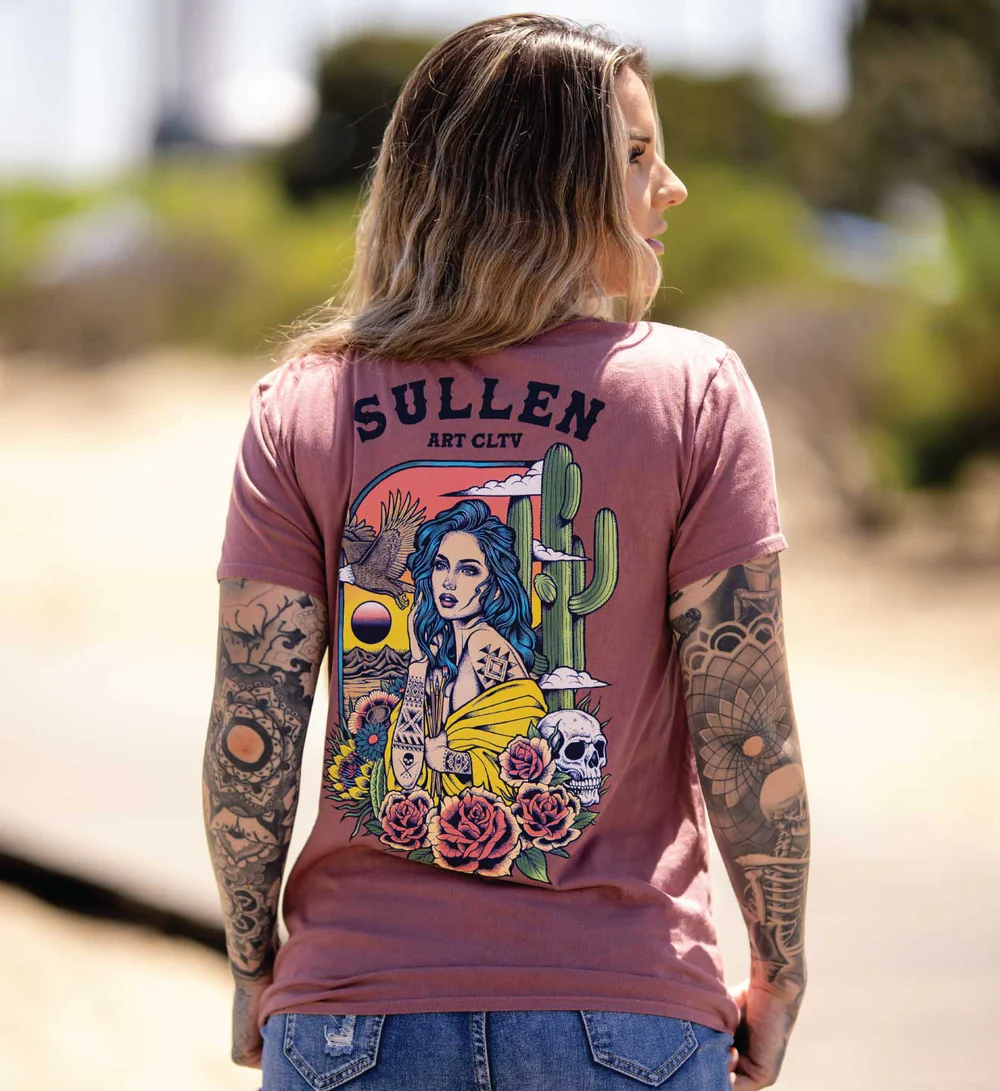
Ink Through the Ages: A Journey of Tattoo Traditions and Techniques
Tattooing has been an essential part of human history for millennia. As societies have evolved, so have the traditions and techniques behind tattoos, making them one of the most enduring forms of personal expression. Take a look at how this body art has been shaped by cultures over time.
Tattoo Traditions Across History

Tattoos have had spiritual, social, and personal significance across different periods and parts of the world. As these traditions developed, they reflected the values of societies and the methods that made them possible.
Protection and Spiritual Meaning
Tattoos were used as protective symbols in many early cultures. In ancient Egypt, tattoos were believed to offer protection from evil spirits and enhance fertility. Similarly, Polynesian tattoos were considered sacred, protecting warriors and connecting them to their ancestors. Today, people continue to incorporate symbols of their faith and personal beliefs into their tattoo designs.
Social Status and Roles
Tattoos have often been used to indicate social status or roles. In ancient Rome, tattoos marked slaves and criminals, while in Polynesia, chiefs displayed intricate designs to symbolize high rank. Maori leaders in New Zealand bore "moko" tattoos, representing their genealogy and status within the tribe. In modern times, tattoos still carry meanings of achievement and status, with many using them to mark milestones in their personal or professional lives.
Commemoration and Memory
Tattoos have long been used to commemorate life events. In the Pacific Islands, tattoos marked coming-of-age ceremonies, like Samoan "pe’a" tattoos that symbolize adulthood. In ancient China, tattoos commemorated military victories, with warriors bearing permanent marks of their achievements. Today, commemorative tattoos are incredibly popular, with many people getting inked to honor loved ones or mark significant life events such as births, deaths, and personal victories.
Punishment and Branding
In ancient Greece and Rome, tattoos were used to brand criminals and slaves. In Japan, convicts were marked with black rings on their arms, permanently identifying them as lawbreakers. This practice starkly contrasts with tattoos used for spiritual and celebratory purposes. Although tattoos are no longer used for punishment, the practice has evolved into a form of personal expression, where some people reclaim the concept of "branding" by using tattoos to reflect personal freedom and identity.
The Evolution of Tattoo Techniques

Tattoo techniques have evolved over time, from early hand-poking methods to modern machines, reflecting advancements in tools and artistry.
The Earliest Hand-Poked Tattoos
Hand-poking, one of the earliest techniques, involved using sharp objects like bones or sticks to insert ink manually into the skin. Early Siberian mummies bear hand-poked tattoos, believed to serve both spiritual and medicinal purposes. This ancient technique still thrives today, with many tattoo enthusiasts opting for the hand-poked method for its connection to tradition and its raw, artistic feel.
Tebori and Japanese Precision
Tebori is a traditional Japanese technique involving a hand tool with multiple needles. It allows for detailed designs and intricate shading techniques, commonly seen in full-body "irezumi" tattoos. Tebori is still practiced today by traditional Japanese artists, who continue to use this method as a way of preserving the artistry and history of Japanese tattooing. Modern-day Tebori artists are sought after by clients looking for a blend of traditional craftsmanship and personal expression.
Stick and Poke as a Simple Tradition

Stick and poke is another ancient tattoo method. Unlike other hand-poking methods, stick and poke uses a single needle to press ink into the skin. Inuit women used this technique to mark significant life events, such as marriage or childbirth, while African tribes used it to represent tribal affiliation and age. In modern times, stick and poke has gained popularity among DIY tattoo enthusiasts for its simplicity and connection to traditional methods, and is often seen as a more personal and intimate tattoo style.
Modern Tattoo Techniques and Innovations
Modern tattoo machines have evolved to allow for a wide range of styles, including fine-line work and intricate portraits. Contemporary artists use different needle configurations to achieve greater detail, blending traditional methods with modern innovations to expand the possibilities of tattoo art. Technology continues to push boundaries, with techniques like 3D and cosmetic tattooing.
Celebrate the History of Tattoos with Ink-Inspired Fashions
At Sullen Clothing, our men’s and women’s clothing designs reflect the rich history and artistry behind tattoos, blending streetwear with tattoo-inspired graphics. Shop our newest fashions for men and women today to find pieces that honor both your personal ink and the culture itself.









































